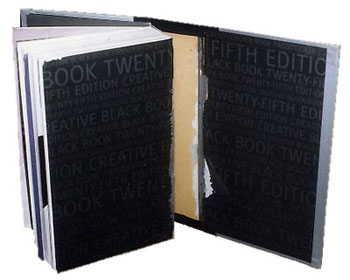Why Are Bindings So Bad?
 Your library acquired some children’s books. Just after they circulated once or twice, these books head for the “repair” department of the library. The sheets fall out, the text blocks separate from the covers, etc. What is going on? After all, these books cost more than ever before. You ask yourself how will we be able to circulate these books if they do not stand up to their expected end-use requirements? Our tight budgets do not allow us to purchase these same books over and over. Well, you are not alone. Welcome to the real world! Not everything that is sold as “hardcover bound” will last!
Your library acquired some children’s books. Just after they circulated once or twice, these books head for the “repair” department of the library. The sheets fall out, the text blocks separate from the covers, etc. What is going on? After all, these books cost more than ever before. You ask yourself how will we be able to circulate these books if they do not stand up to their expected end-use requirements? Our tight budgets do not allow us to purchase these same books over and over. Well, you are not alone. Welcome to the real world! Not everything that is sold as “hardcover bound” will last!
After 50 years in the bookbinding industry, most of it in the book manufacturing trade, this writer has seen it all. There are several reasons why binding quality deteriorated over time. Cost and competition may be the main reasons. In the 50’s and 60’s, we took pride in quality bookbindings. Almost by tradition, children’s books were made to last. If they were designated for a library, a publishing production manager was willing to spend a little bit more. Many requested some reinforcements, maybe a low-grade cloth cover, etc. Granted, they were not bound like a certified library binding, but at least they did last a little longer than books without any reinforcements. Problem was, these “Publisher’s reinforced editions” did cost more. Looking back, I truly believe that the publishers were not so much concerned that the books last longer – this would be contrary to their marketing goals of selling as many books as possible. Selling the higher priced “reinforced library bindings” allows them to make an extra dollar. While consulting on aspects of bookbinding in Asia recently, I was shocked with what little regard to quality children’s books are manufactured. Publishers have no choice but to cut corners wherever they can. Fierce price competition forces them to do so. This is why binding quality has deteriorated to the lowest level ever.
What then can a librarian do? This is exactly the purpose of these articles – to educate librarians who have had no chance to familiarize themselves with the mechanics of book binding. To allow them to analyze and separate a “cheap” binding from a quality binding. After all, acquisitions are made through proposals. If a librarian becomes more familiar with bookbinding, they will be able to specify certain bindings and make them a pre-requisite. Certified pre-bindings, such as those available from BTSB Books, are one such type of binding. Librarians will learn that a well-engineered style of binding will outlast all others many times over and in the end will have a much lower cost per circulation. In these difficult times, lower costs are welcome news in any library environment. Stay tuned.
